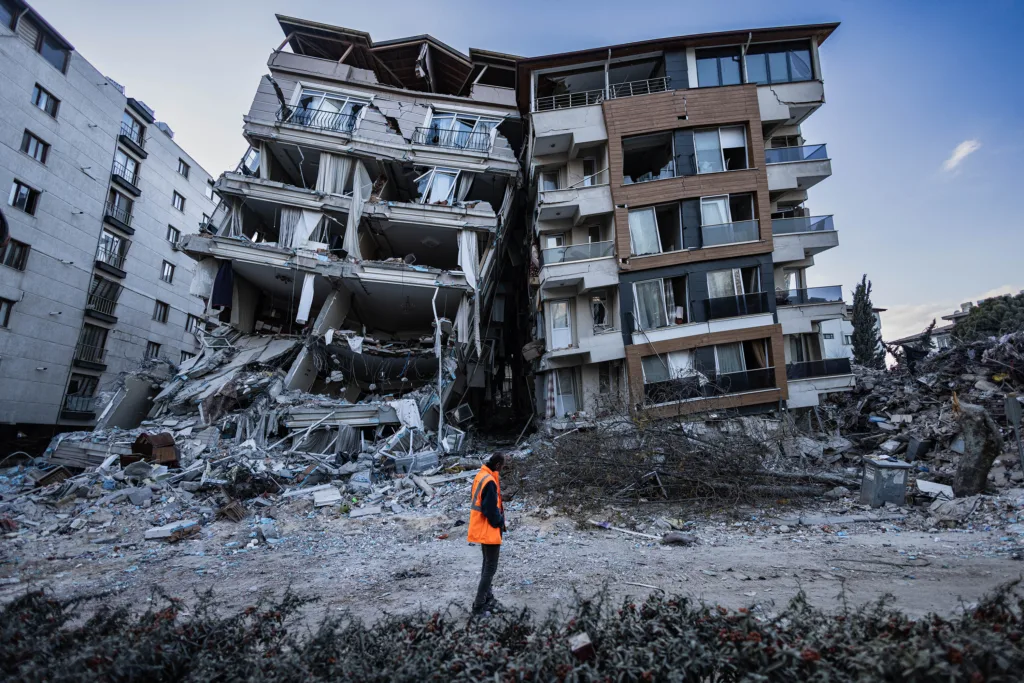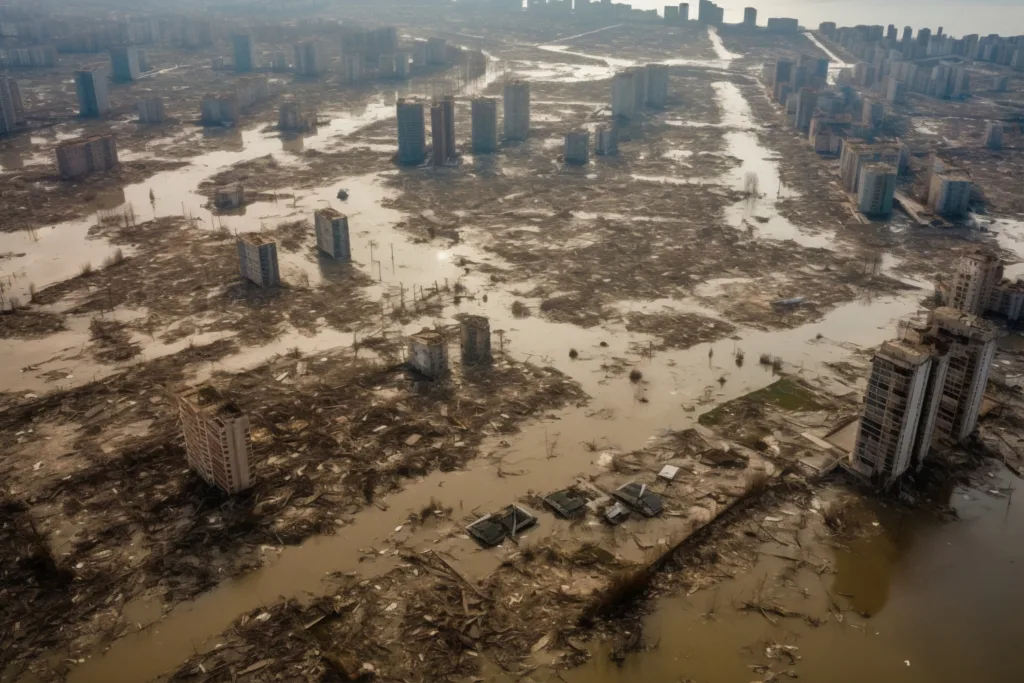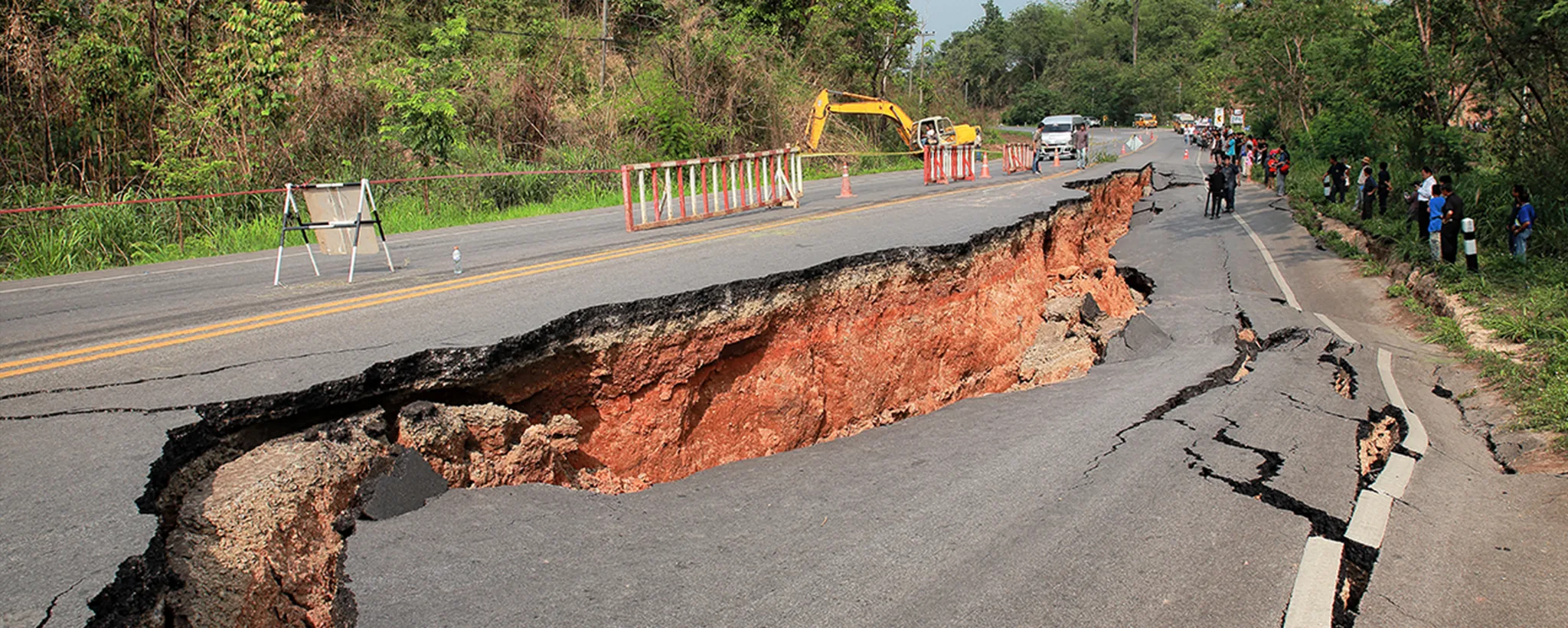Introduction
April is recognized as National Earthquake Preparedness Month, serving as a reminder of the importance of being ready for seismic events. This initiative aims to educate and empower individuals, communities, and governments to prepare for earthquakes and mitigate their impact.
Understanding Earthquakes
Earthquakes are natural disasters caused by the shifting of tectonic plates beneath the Earth’s surface. These sudden movements can result in severe shaking of the ground, leading to damage to buildings, infrastructure, and loss of life.
Importance of Preparedness
Being prepared for earthquakes is crucial as they can strike without warning. Preparedness efforts can significantly reduce the risk of injuries, fatalities, and damage to property. By understanding the risks and taking proactive measures, individuals and communities can increase their resilience to earthquakes.

Key Components of Earthquake Preparedness
Education and Awareness:
Education plays a vital role in earthquake preparedness. By educating the public about the risks and effects of earthquakes, individuals can make informed decisions and take necessary precautions to protect themselves and their families. Raising awareness about the importance of preparedness measures, such as creating emergency plans and assembling emergency kits, can motivate individuals to take proactive steps to mitigate risks.
Emergency Planning:
Developing and implementing emergency plans is essential for ensuring a coordinated and effective response to earthquakes. These plans should cover actions to take before, during, and after an earthquake, including evacuation routes, communication procedures, and emergency contacts. Conducting drills and exercises helps individuals and communities practice these procedures and familiarize themselves with emergency protocols.
Building Resilience:
Building resilience against earthquakes involves retrofitting buildings to make them more earthquake-resistant. This may include reinforcing structural elements, such as walls and foundations, to withstand seismic forces. Securing heavy furniture and objects is also important to prevent them from falling and causing injury or damage during an earthquake.

Emergency Kits and Supplies:
Assembling emergency kits with essential supplies is crucial for ensuring survival and comfort in the aftermath of an earthquake. These kits should include items such as water, food, first aid supplies, medications, and personal hygiene products. It is important to ensure that emergency kits are easily accessible and regularly updated to meet changing needs.
Communication and Coordination:
Establishing effective communication channels is essential for disseminating information and instructions during emergencies. This may include using traditional media, such as radio and television, as well as digital platforms, such as social media and mobile apps. Coordination with local authorities, emergency services, and community organizations is also important for ensuring a cohesive and efficient response to earthquakes.

Public Participation and Engagement in Earthquake Preparedness
Public participation plays a crucial role in enhancing the effectiveness of earthquake preparedness initiatives. When individuals actively engage in earthquake safety practices, they not only protect themselves but also contribute to the resilience of their communities. Here are some ways individuals can participate and make a difference:
Educating Themselves and Their Families:
- Understanding the risks: Individuals should educate themselves about the potential impacts of earthquakes in their region. By knowing the risks, they can better prepare for them.
- Creating a family emergency plan: Families should create and practice an emergency plan that includes evacuation routes, meeting points, and communication strategies.
- Assembling an emergency kit: Having a well-stocked emergency kit with essential supplies can help families survive in the immediate aftermath of an earthquake.
Participating in Drills and Exercises:
- Joining community drills: Participating in earthquake drills organized by local authorities helps individuals understand what to do during an earthquake and improves their response readiness.
- Practicing safety measures: Individuals should practice “Drop, Cover, and Hold On” during drills to reinforce these life-saving actions.

Volunteering with Local Organizations:
- Supporting disaster response efforts: Volunteering with local disaster response organizations can provide valuable assistance in the event of an earthquake. Volunteers may help with search and rescue operations, first aid, and distributing supplies.
- Engaging in recovery activities: After an earthquake, volunteers can assist in recovery efforts, such as clearing debris, providing emotional support to affected individuals, and rebuilding communities.
Spreading Awareness:
- Sharing knowledge: Individuals can educate others in their community about earthquake preparedness and safety measures.
- Utilizing social media: Using social media platforms to share tips, resources, and information about earthquake preparedness can reach a wider audience and promote community resilience.

Conclusion
National Earthquake Preparedness Month serves as a reminder of the importance of being prepared for earthquakes. By educating ourselves, planning ahead, and working together, we can minimize the impact of earthquakes and ensure the safety and well-being of our communities.


A 4.8 magnitude earthquake hit west of Manhattan and has been felt throughout New York on Friday morning. It was not devastating but was quite scary.